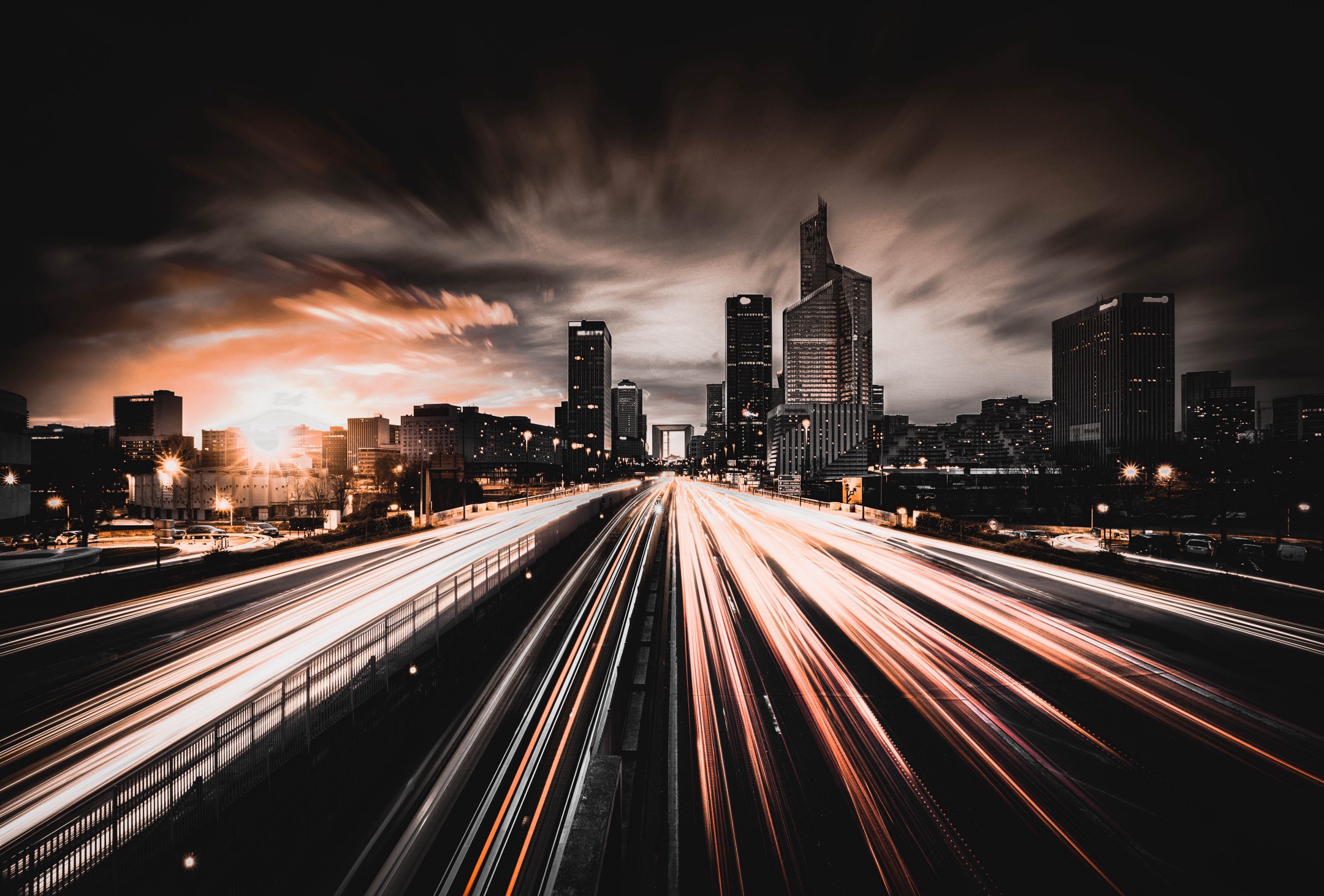Movin’on, and what it will take to power the revolution in mobility and transportation

May 4, 2020
Global
Movin’on, and what it will take to power the revolution in mobility and transportation
By Denis Barrier & Alex Lazarow
Source: https://medium.com/cathay-innovation/movinon-and-what-it-will-take-to-power-the-revolution-in-mobility-and-transportation-28bd525565a5
The future of mobility is seductive.
The current revolution underway may radically transform how we live our lives, and organize our society. Driverless piloting promises frictionless transportation over vast distances, in shorter times. Car sharing may dissolve our conception of car ownership. Vertical takeoff vehicles may move our commutes to the skies. Drones may change how we send or receive deliveries. Advances in electric production, storage and distribution will decrease the ecological impact of transportation. Finally, artificial intelligence will facilitate the interconnection of multimodal transportation for seamless customer journeys.
Over the last week, we had the opportunity to attend Movin’On, the world summit of mobility, hosted by Michelin. The discussions at the event exemplify how far we’ve already come.
It was no longer about whether electric cars, driverless cars, or drones were coming. The sessions focused rather on how we should be prepared for the changes to come and what the future will look like.
In part, that’s because innovators are scaling quickly, and their products deeply resonate with customers. Last year, Uber powered 4 billion rides. Waymo drove over five million miles (and every day its driverless fleet drives more than the average American drives in a year). We’ve seen a similar acceleration in our own portfolio. Glovo, the leading on-demand-delivery platform in Southern Europe and now in most of Latin America is on track to deliver 2 million packages this month. Drivy, like its US counterparts Turo and GetAround, are redefining car ownership in urban environments. Momenta, the leading Chinese artificial intelligence-enabled computer vision platform for self-driving cars has already logged more than a million miles of maps across China.
But we still have a long way to go.
News stories constantly highlight the latest driverless car crash. Public opinion is nervous about them and pessimistic about the impact of AI on society.
And we don’t yet have a good answer on how to retrain people whose jobs will be displaced. The workforce will need adaptation and resiliency. Future jobs will blend skills from today’s industries, but modified through the power of the AI and related innovations.
But we have a long way to go and the answers will not be easy.
We believe solutions require three important and interconnected dimensions: global collaboration, bridges across sectors and disciplines and creative financing mechanisms.
Do you care to discover more about article, please click here.